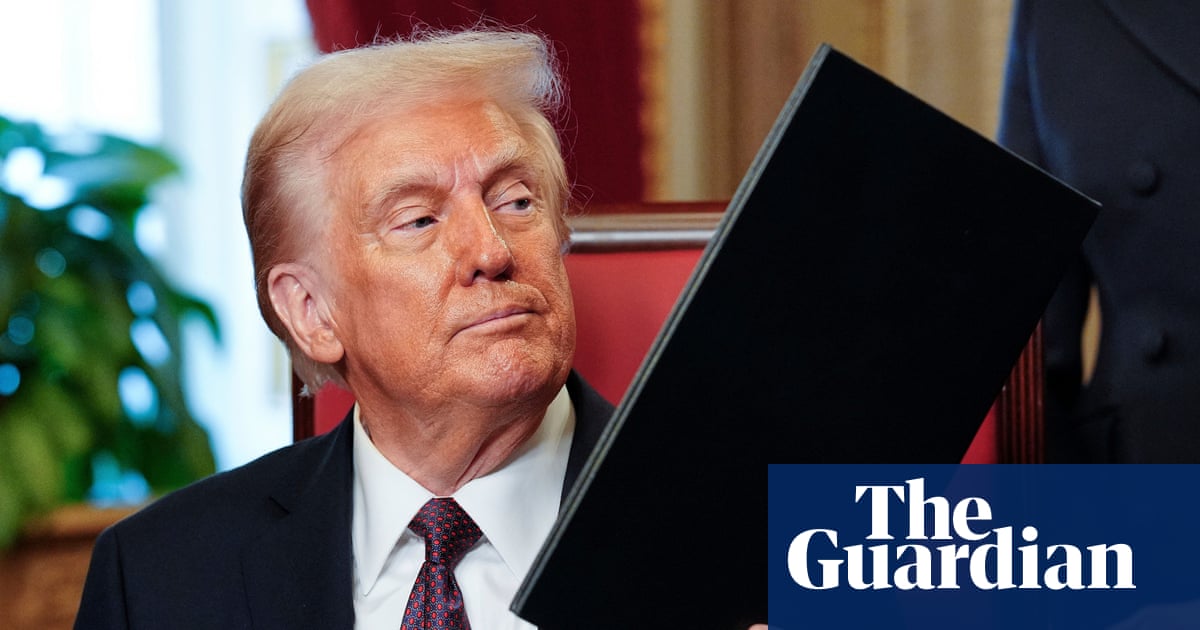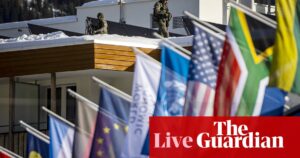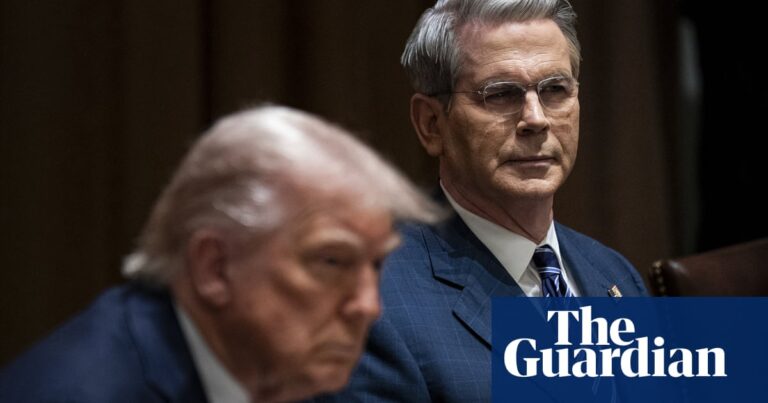
In his inaugural speech, Donald Trump repeated his intention to rename the Gulf of Mexico as the Gulf of America.
The ocean basin – bounded by the US Gulf coast, Mexico’s eastern states and the island of Cuba – is an important centre of economic activity, including fishing, maritime transport, and oil and gas production, which perhaps offers an explanation for Trump’s interest.
“A short time from now, we are going to be changing the name of the Gulf of Mexico to the Gulf of America,” the US president said on Monday shortly after he was sworn in.
He suggested such a change earlier this month, when he said the new name would be “beautiful” and “appropriate”, adding: “Because we do most of the work there, and it’s ours.”
There is no formal international agreement or protocol for the naming of maritime areas, and no international body has the final word on maritime names, although the International Hydrographic Organization (IHO) seeks to standardise names and resolve disputes.
Unlike other measures announced by Trump on his first day as the 47th US president, the name change was not the subject of an executive order – although he said that would happen in “a short time from now”.
In theory, Trump action would be sufficient to change the Gulf’s name in official documents within the US, but other countries would not be obliged to follow suit.
Such discrepancies in naming have often caused diplomatic tensions between neighbouring countries, as in the case of the body of water separating Iran from Saudi Arabia, referred to as the Persian Gulf by the former and the Arabian Gulf by the latter.
Japan and South Korea have long been embroiled in a row over what to call the waters between the Korean peninsula and the Japanese archipelago.
Tokyo calls it the Sea of Japan, citing maps written by Catholic priests and European explorers dating back to the 17th century, but South Korea complains that it evokes Japan’s colonisation of the peninsula from 1910 to 1945, and refers to it as the East Sea.
And while the sea between Brunei, China, Malaysia, the Philippines, Taiwan and Vietnam is widely known as the South China Sea in English, it is known as the West Philippine Sea in the Philippines, the East Sea in Vietnam, and the South Sea in China.
Others, seeking a compromise have suggested calling it the Southeast Asia Sea.
Within the US, the US Board on Geographic Names is in charge of maintaining uniform geographic name usage across the federal government.
On its website the board says it “discourages name changes unless there is a compelling reason”, adding: “Generally, the most important policy regarding names is local use and acceptance.”
Read more of the Guardian’s Trump coverage
-
All of the Trump executive orders and speech fact checks
-
Experts alarmed by Trumps’ crypto meme coins
-
Elon Musk appears to make back-to-back fascist salutes
-
What is birthright citizenship?
-
This article was amended on 21 January 2025 to refer to the International Hydrographic Organization by its current name instead of its former name, the International Hydrographic Bureau.
Source: theguardian.com


















